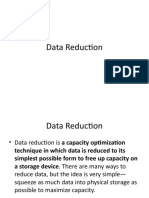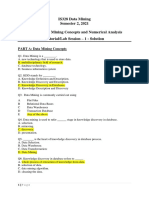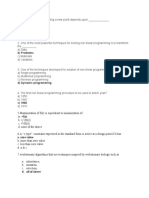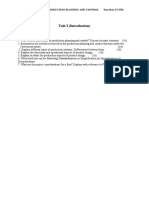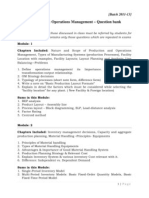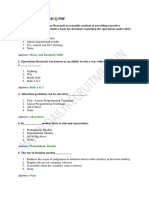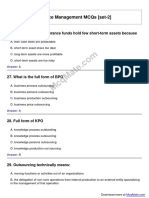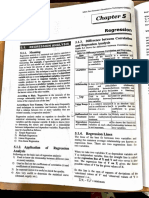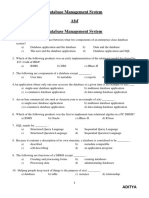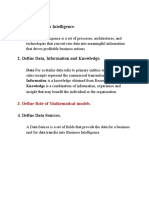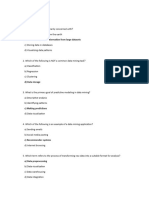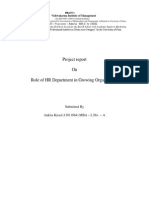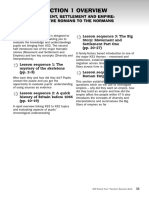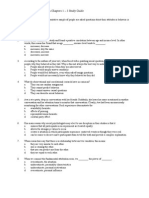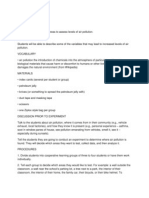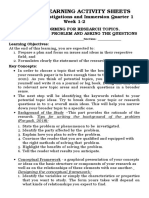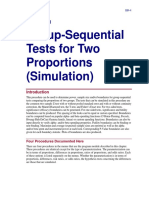0% found this document useful (0 votes)
63 views37 pagesComputing Unit 4
The document discusses different statistical tests including one sample t-tests, independent sample t-tests, and one way ANOVA. It provides details on how to conduct these tests in SPSS and how to interpret the results. Key steps include checking assumptions, selecting the appropriate test, stating the hypotheses, selecting the significance level, comparing test statistics to critical values, and making conclusions.
Uploaded by
abas yuyoCopyright
© © All Rights Reserved
We take content rights seriously. If you suspect this is your content, claim it here.
Available Formats
Download as PDF, TXT or read online on Scribd
0% found this document useful (0 votes)
63 views37 pagesComputing Unit 4
The document discusses different statistical tests including one sample t-tests, independent sample t-tests, and one way ANOVA. It provides details on how to conduct these tests in SPSS and how to interpret the results. Key steps include checking assumptions, selecting the appropriate test, stating the hypotheses, selecting the significance level, comparing test statistics to critical values, and making conclusions.
Uploaded by
abas yuyoCopyright
© © All Rights Reserved
We take content rights seriously. If you suspect this is your content, claim it here.
Available Formats
Download as PDF, TXT or read online on Scribd
/ 37


